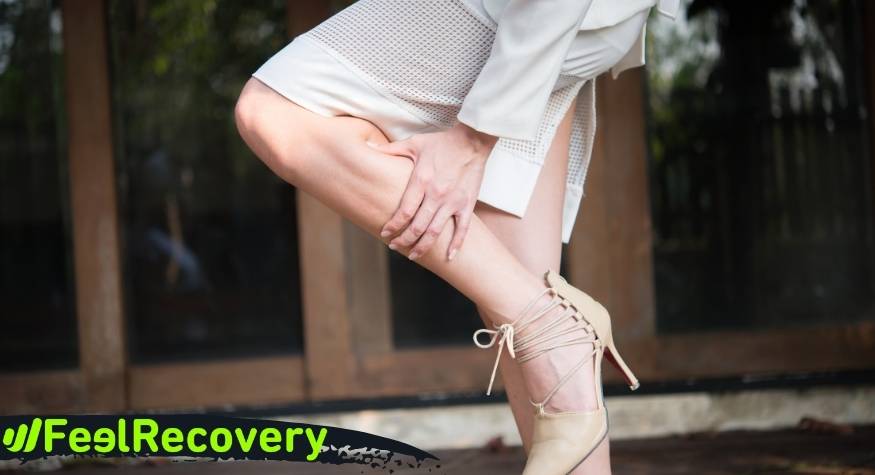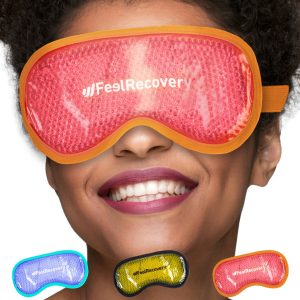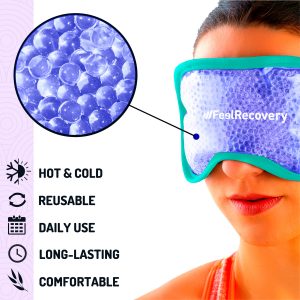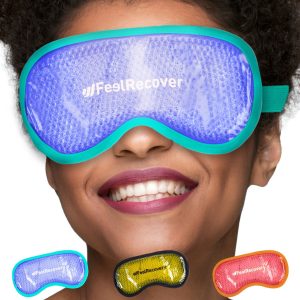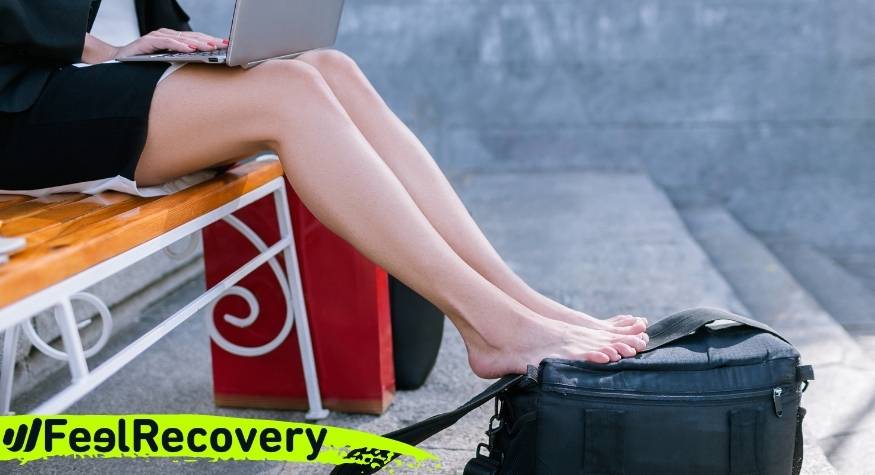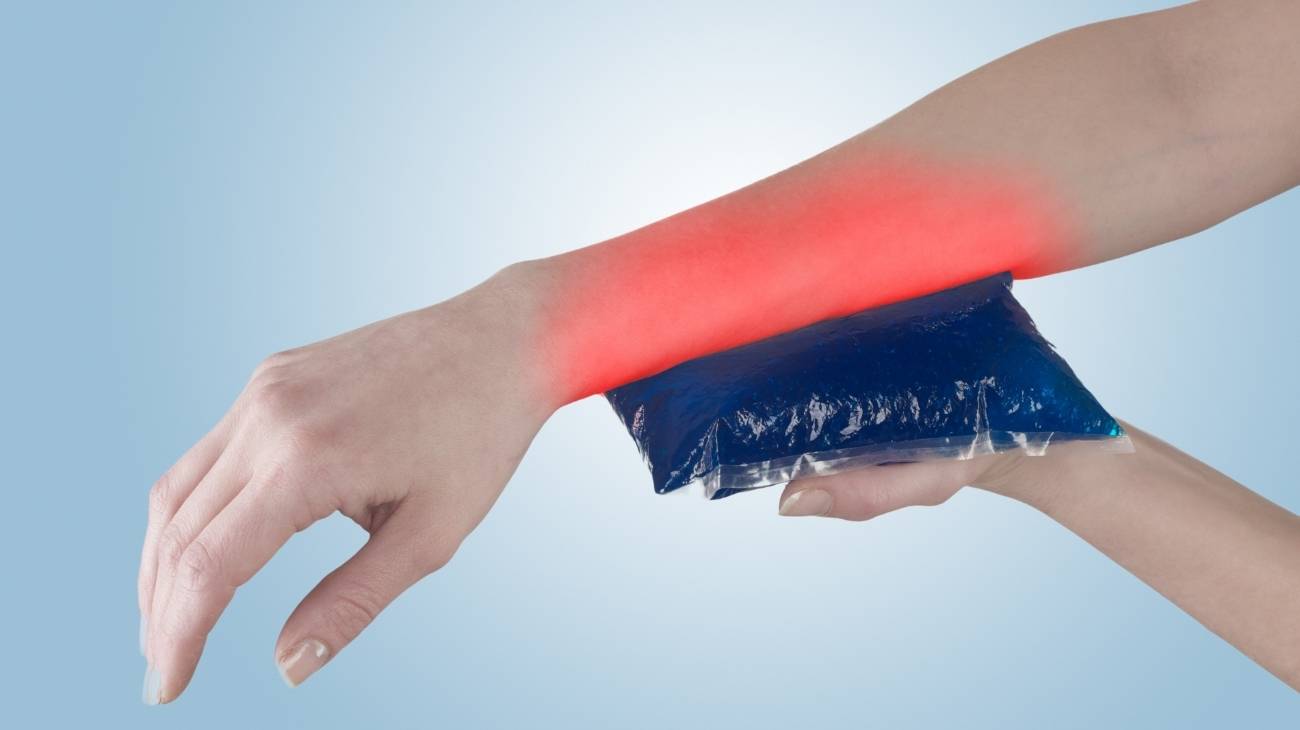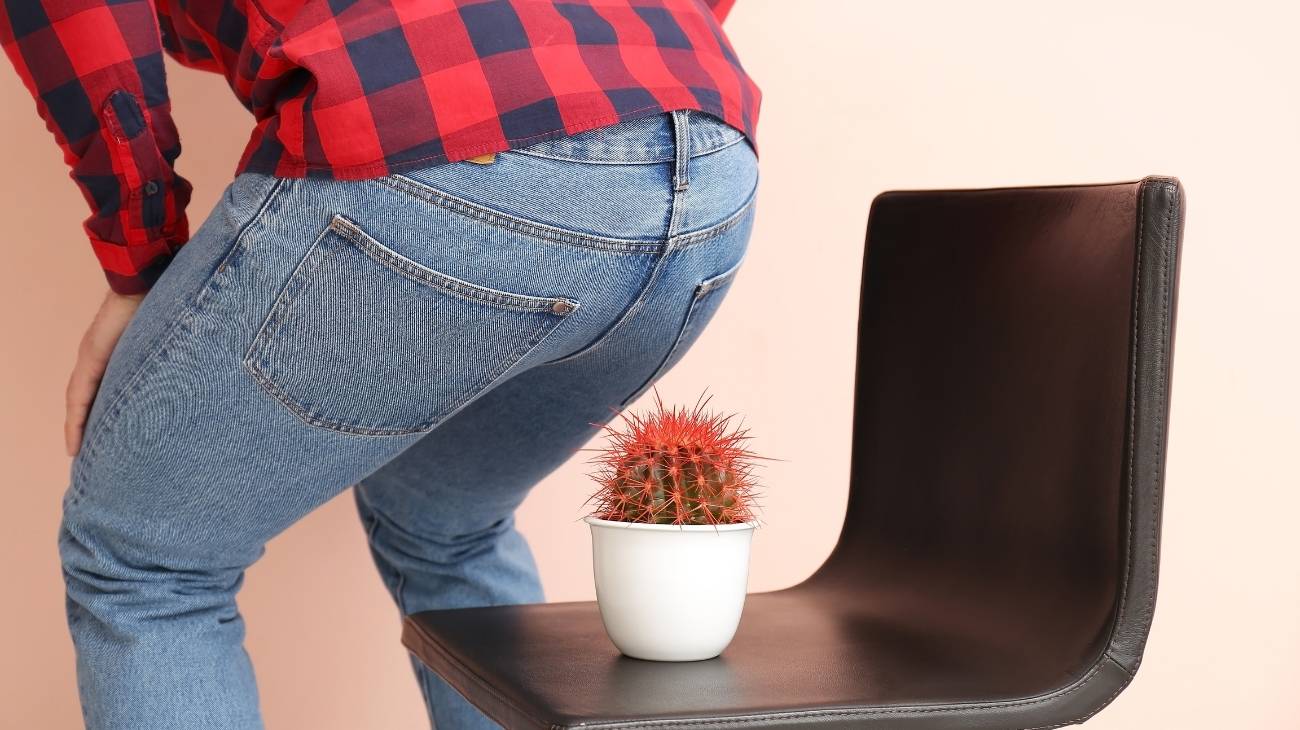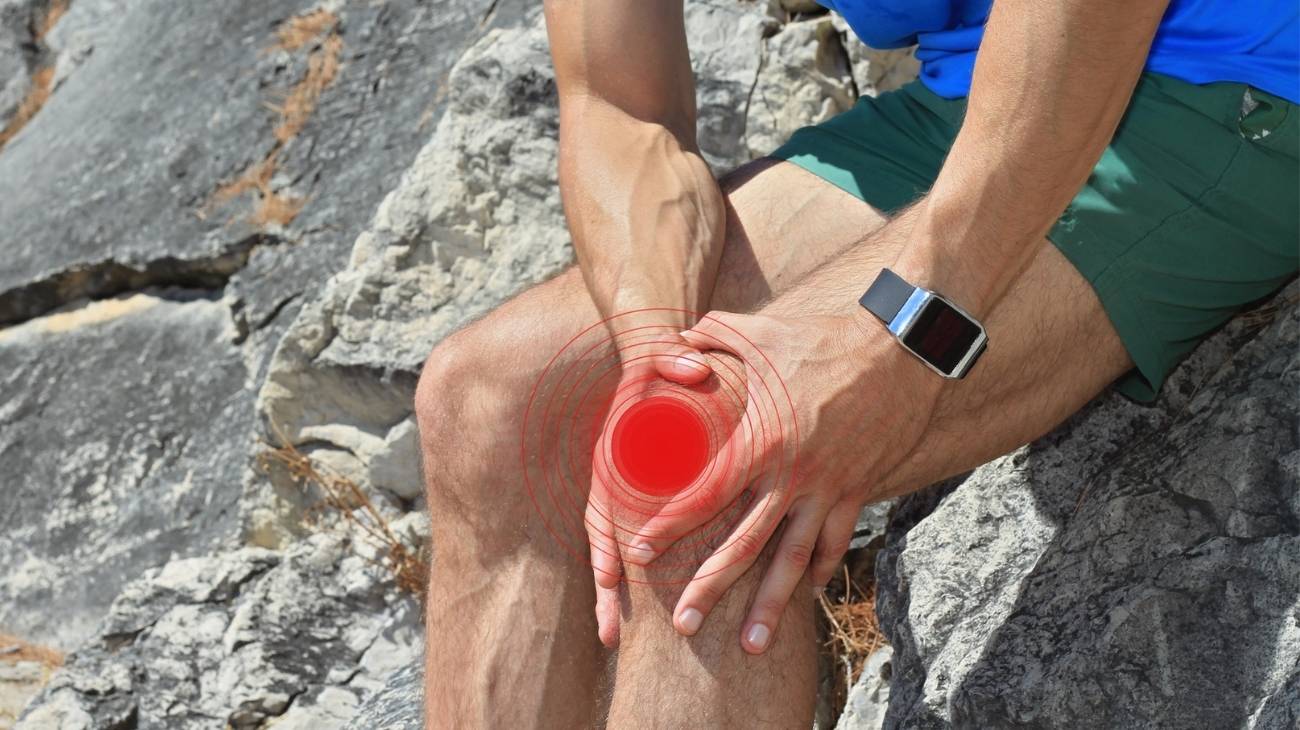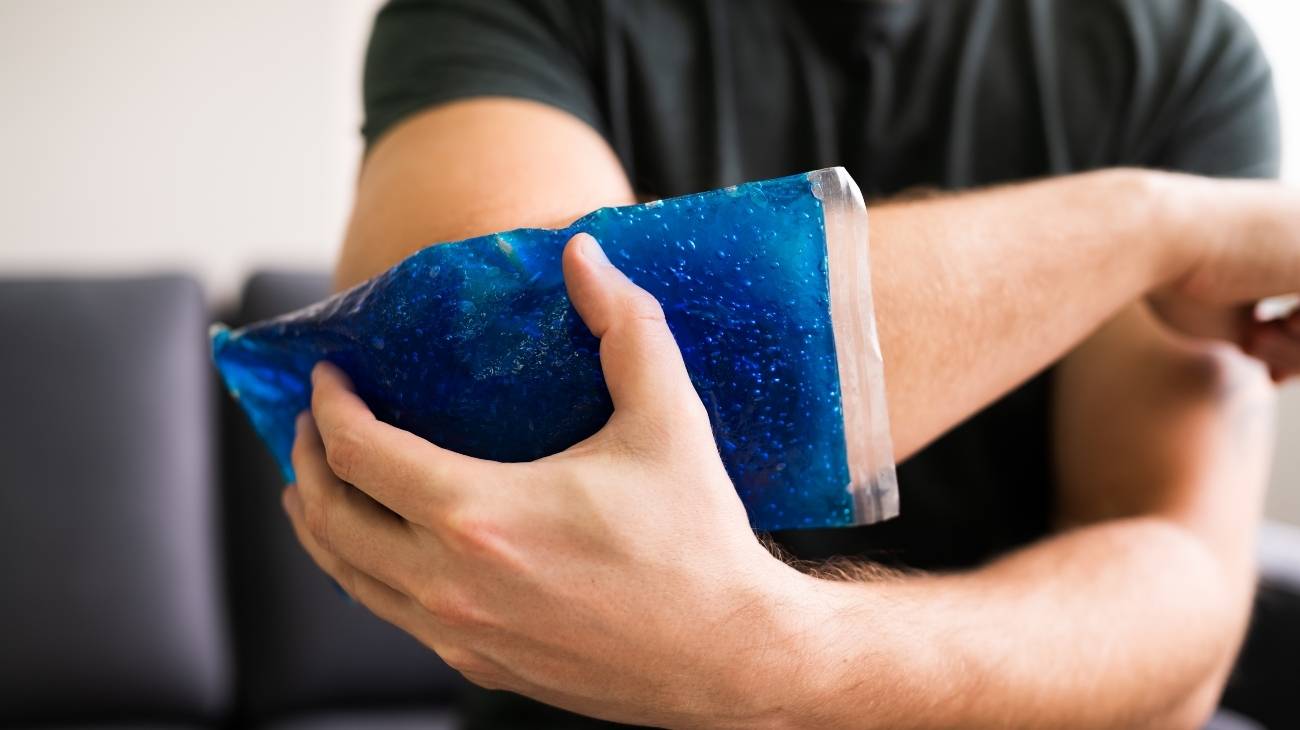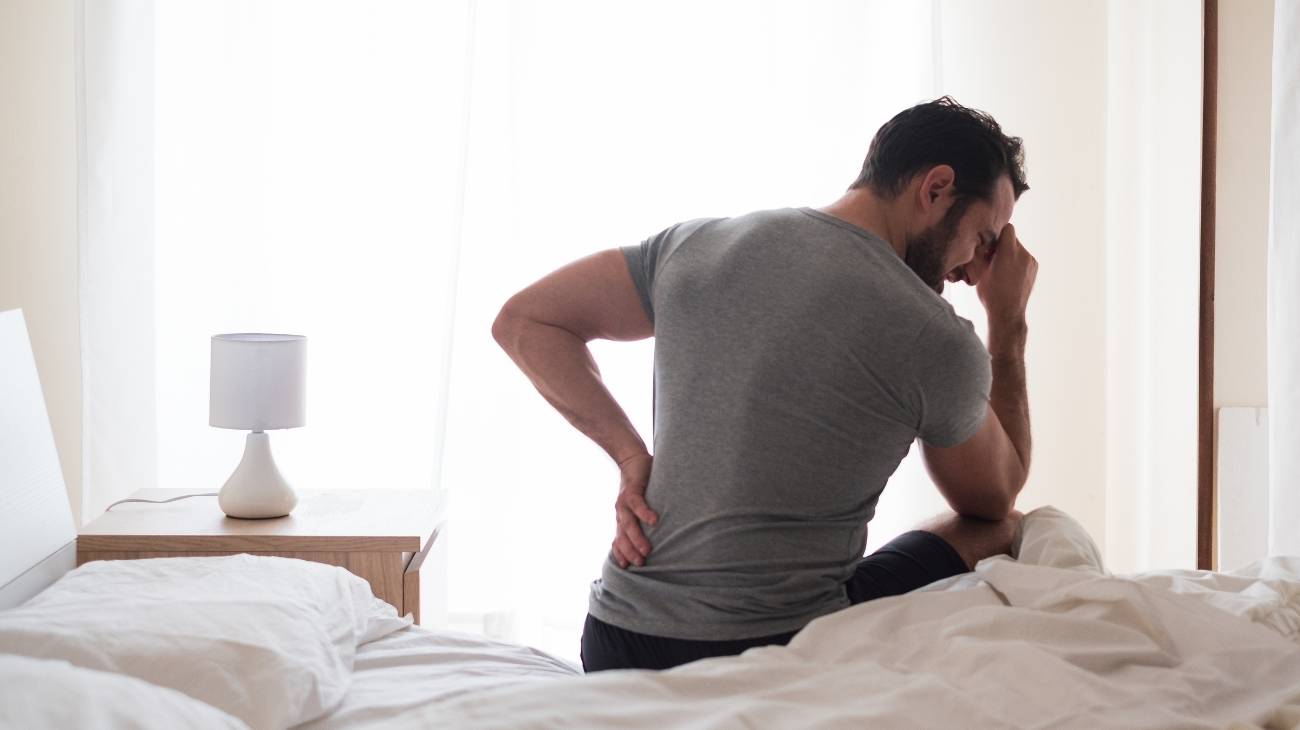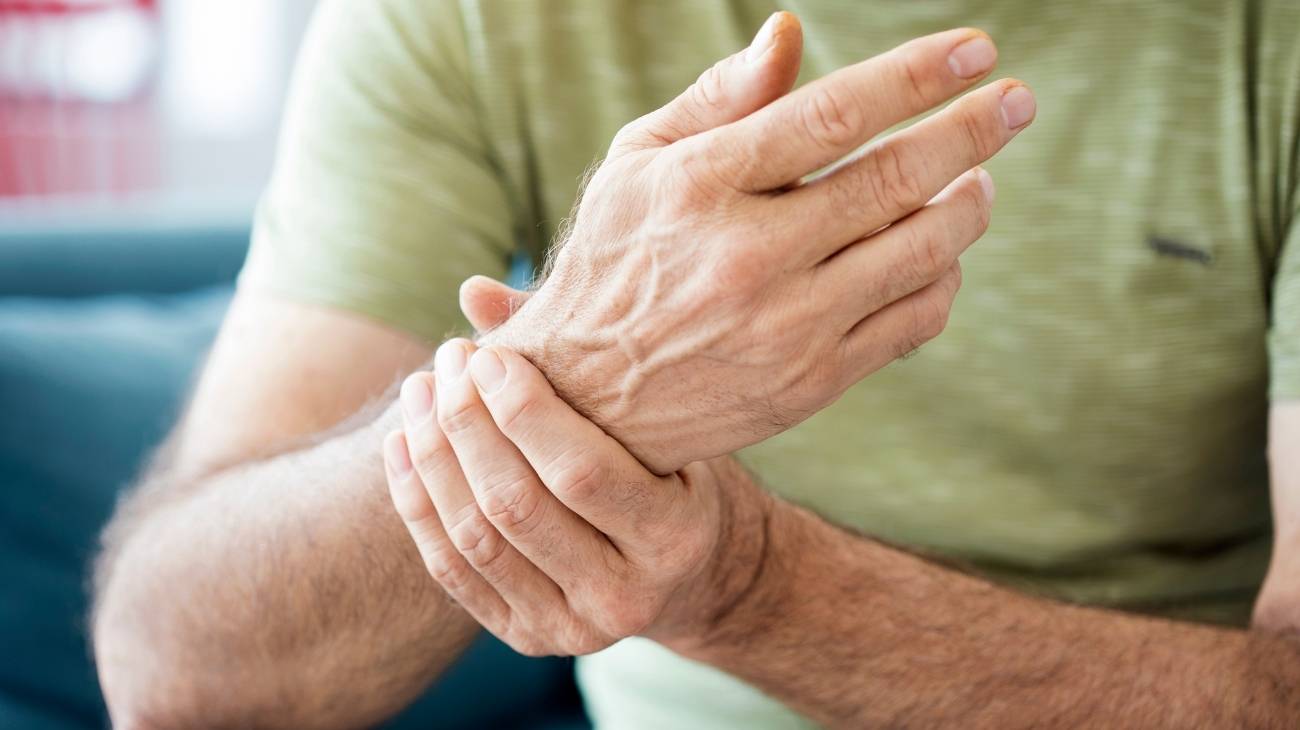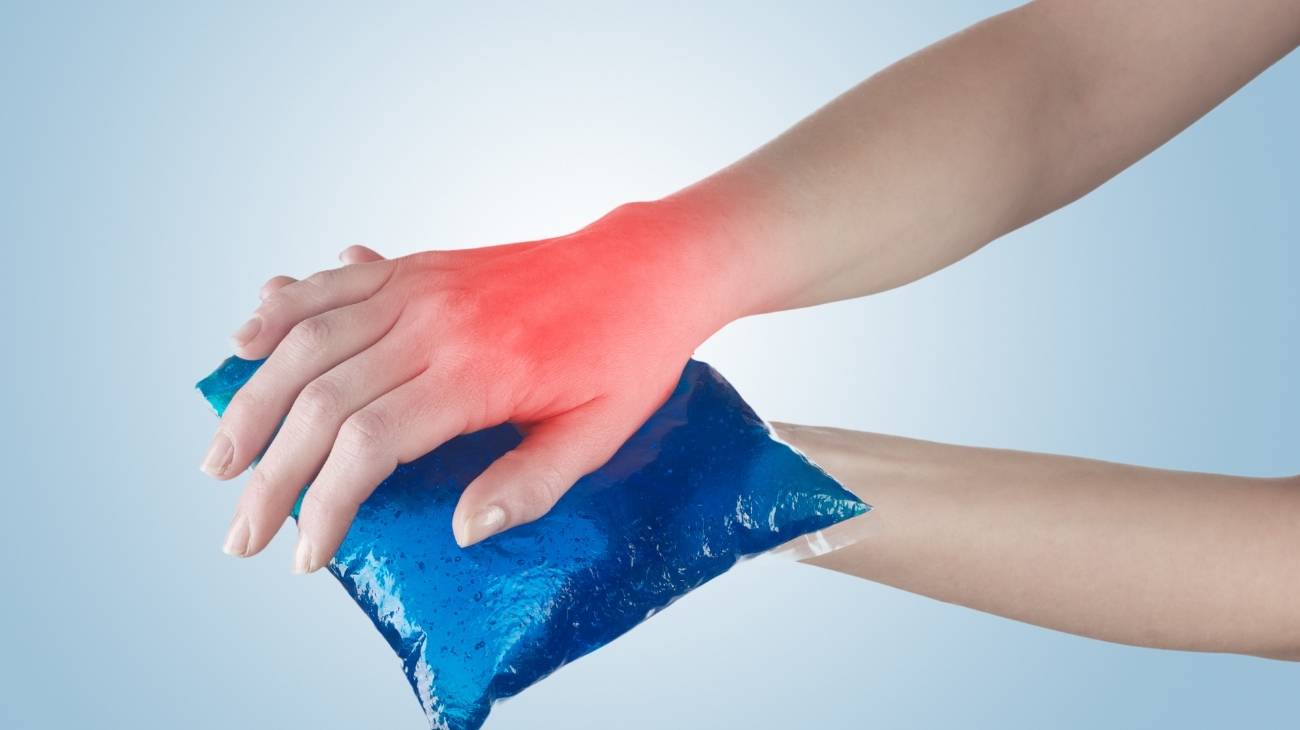Have you ever wondered why your legs hurt so much at the end of the day? If so, you are probably suffering from the so-called "tired legs" syndrome. This syndrome is associated with a number of pathologies, and is much more frequent in women.
Although it is not a serious condition, it usually generates a lot of discomfort and heaviness when walking, moving or standing, affecting the quality of life. Depending on the pathology that is associated with it, there is a wide range of treatments. Today we will talk to you about hot and cold gel packs to relieve the pain of tired legs. Let's get started!
What are the causes and origin of pain and swelling in tired legs?
Tired legs syndrome is characterised by pain and heaviness in the legs. It is usually preceded by an intense day of activity that ends up generating non-specific pain, cramps, heaviness and swelling.
The swelling and pain is usually made worse by standing or sitting for long periods of time. In many cases, tired legs do not imply a specific or significant pathology. But, it does involve the venous circulation of the legs due to a peripheral venous insufficiency.
This peripheral venous insufficiency can be generated by many factors among which we can mention:
- Hormonal variations: Hormones play an important role in the lymphatic system. During the hormonal changes generated by the menstrual cycle, increased fluid retention can occur. This fluid retention can accumulate in the body's decreasing sites, such as in the legs.
- Heredity and age: Heredity plays a very important role in many pathologies, and so does venous insufficiency. As long as there are direct relatives who suffer from it, there is a greater chance that it will develop in the course of a lifetime. Furthermore, with age the tissues become weaker and there is a greater probability of developing vascular pathologies.
- Sedentarism: Not doing physical or sporting activities means that the leg muscles do not carry out their function of helping the circulation. Walking, jogging or practising any sport favours venous return by relieving the heaviness of the legs.
- Food and bad habits: Bad habits in general can generate cardiovascular problems and this can encourage peripheral venous insufficiency. A bad diet facilitates the appearance of obesity and overweight. Bearing more weight than is appropriate for your height will always generate a tired legs syndrome.
- Smoking: Tobacco or cigarettes contain substances that are toxic and deteriorate the walls of the veins. These substances affect the valves of the veins in the medium and long term, directly impacting the blood flow in the legs.
- Excess of sodium and lack of potassium: This is generated by a diet with a high consumption of salt and little potassium. This results in greater fluid retention as a compensatory mechanism of the body to maintain a hydro-electrolyte balance.
- High environmental temperatures: High environmental temperatures cause a dilation of the blood vessels, including the leg veins. This allows greater accumulation of blood and fluids in the lower limbs and results in more heaviness and swelling.
Bestseller
-
Gel Eye Mask for Puffy Eyes (Gold/Black)
$11.95 -
Gel Eye Mask for Puffy Eyes (Orange/Pink)
$11.95 -
Gel Eye Mask for Puffy Eyes (Purple/Turquoise)
$11.95 -
Ice Pack for Foot - Cold Therapy Socks (Black)
$24.95 -
Ice Pack for Foot - Cold Therapy Socks (Green)
$24.95 -
Ice Pack for Foot - Cold Therapy Socks (Pink)
$24.95
What is better for recovering tired legs, hot or cold?
Tired Legs Syndrome can be managed in a number of ways to help improve symptoms. First, avoid standing or sitting for long periods of time, especially in the summer season because of excessive heat. It is important to start playing sports such as walking to help the muscles pump out excess fluids and blood.
Those with advanced peripheral venous insufficiency can be helped by wearing compression stockings. These are also called rest stockings because they reduce swelling and improve venous return. To maintain proper muscle and vein function, very tight clothing should be avoided. In some cases, pharmacological treatments that improve the circulation of the lower limbs are necessary.
However, there are also very useful and easy-to-apply treatment alternatives such as heat and cold therapies. Cold and heat are two temperatures that exert very interesting functions on the organism that favour the circulation. It has been proven that a combination of both produces a synergetic effect that considerably improves tired legs.
But first, know the benefits of both separately:
Benefits of applying cold
Cold is an excellent anti-inflammatory and pain reliever, its use is intended for acute inflammatory processes. However, if used in combination with thermotherapy its benefits can be maximized:
- Pain relief: Placing compresses or cold gel packs on the legs causes a blockage in the peripheral nerve endings. This prevents the transmission of painful impulses and therefore reduces the pain.
- Powerful anti-inflammatory: Placing cold locally generates a constriction of the blood vessels in that area and consequently a reduction in blood flow. This prevents the release of pro-inflammatory substances and damage to adjacent tissues.
- Tissue recovery: When there is poor circulation in the lower limbs in the long term, tissue damage is generated. The cold prevents cell damage, the invasion of repair cells that increase inflammation and allows the recovery of soft tissues.
Benefits of applying heat
The heat also provides very good benefits to improve the circulation of the lower limbs. These are some of its benefits:
- Vasodilation: Heat causes a vasodilation effect in the leg veins. This increases the blood flow favouring a greater supply of oxygen and nutrients to the adjacent soft tissues.
- Relaxing effect: Thermotherapy is an excellent option for relaxing the muscles of the lower limbs. This is very important especially when there is muscular tension due to fatigue.
- Analgesic: As there is a better oxygenation of the tissues and at the same time a relaxing effect, this allows a rapid improvement of the pain.
- Greater well-being: The use of heat on the leg muscles produces a relaxing effect that translates into greater well-being. In addition, thermotherapy reduces stress levels.
How to use hot/cold gel packs to reduce leg swelling?
Gel ice packs are an excellent option for combining hot and cold therapies. These combination therapies are known as contrast therapies, which are performed with water in buckets. As not all parts of the body are conducive to the use of the trays, new alternatives such as gel packs have been developed. For this, it is necessary to have two pads filled with gel, one to heat it and the other to cool it.
Warming up process
The heating process of the gel packs is very simple, you can use a microwave or a water bath. You must be especially careful when heating them because ours are not designed to be used hot. However.
By following these tips, you will be able to heat them successfully:
- If you heat them in a microwave, set the power at 800W for 30 seconds.
- It is necessary to check the temperature to the touch and massage the pack so that the heat is distributed evenly.
- The ideal temperature is between 38 and 44 degrees centigrade. This is the perfect temperature to heat the fabrics but without getting burnt.
- If it is not hot enough, you can put the gel pad back in the microwave and heat it up for 10 more seconds.
- If it gets too hot, then it's best to leave it at room temperature for a few minutes. When it reaches the ideal temperature it is ready to be used.
- If you do not have a microwave, you can heat it up in a bain-marie by placing 3.5 litres of water in a pot to boil.
- When it has boiled, turn off the cooker and put the ice gel pack on.
- Wait for 8 to 10 minutes and remove the pad from the hot water. Use a blunt tweezer to avoid damaging the gel pack.
- Dry the gel pack very well so that it can be used.
Cooling process
This process is also very simple, these are the recommendations for cooling the ice gel pack correctly:
- The gel pack should be placed in the freezer or refrigerator at least 2 hours in advance.
- The optimum temperature of the pad should be between 10 and 20 degrees Celsius for the therapy to work properly.
- After 2 hours the gel pack is taken out of the freezer to be used.
Contrast therapy with gel pack
The correct form of this therapy is to alternate the temperatures to achieve a correct activation of the cardiovascular system. By placing heat and then cold, vasodilatation and vasoconstriction are caused, which improves blood and lymphatic circulation. This substantially reduces pain, inflammation and oedema.
The correct way to perform the contrast therapy is the following:
- It starts by placing the hot gel pad on the legs for a period of approximately 5 to 8 minutes.
- Then the cold gel pack is placed on the legs for 2 to 3 minutes.
- We then place the hot gel pack on the legs again to repeat the cycle. Between 3 and 4 cycles of temperature changes can be made in the therapy.
These contrast therapies can be repeated daily to offer recovery and improvement to tired legs. They are very useful especially on those days when the working day has been exhausting.

